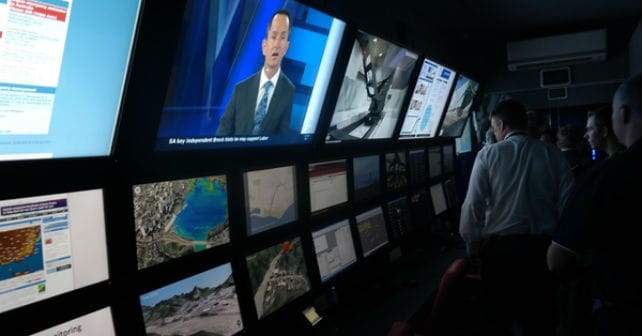10 new technologies that could change the world
 With so many new technological developments announced every day, which ones show the most promise for society’s future? The editors of the Massachusetts Institute of Technology’s Technology Review have announced the 10 they believe have the greatest potential.
With so many new technological developments announced every day, which ones show the most promise for society’s future? The editors of the Massachusetts Institute of Technology’s Technology Review have announced the 10 they believe have the greatest potential.
Released annually, this year’s “Technology Review 10″ will be highlighted at the 2 – 3 March EmTech India conference in New Delhi.
So let’s hear the top 10 already, you say? OK, here they are:
- Liquid battery – MIT chemist Donald Sadoway’s liquid battery could “store enough electricity to allow cities to run on solar power at night”;
- Traveling-wave reactor – In development by Intellectural Ventures, such a reactor would run on depleted uranium and could make nuclear power both safer and less costly;
- Paper diagnostic test – Easy-to-use, paper-based medical tests could make it quicker and cheaper to diagnose diseases in developing countries;
- Biological machines – These include devices such as the wirelessly controlled beetle developed by Michel Maharbiz at the University of California, Berkeley. Such machines could be used for either search-and-rescue or surveillance missions;
- $100 genome – A nanofluidic chip developed by BioNanomatrix founder Han Cao could dramatically reduce the cost of genome sequencing, making it easier for doctors to administer genetically-specific medical treatment and quickly identify new viruses;
- Racetrack memory – A new type of data storage that uses magnetic nanowires, racetrack memory could replace existing computer memory technologies and enable a new generation of cheap and tiny portable devices;
- HashCache – Developed by Princeton University’s Vivek Pai, this new method for storing Web content could make Internet access both faster and more affordable;
- Intelligent software assistant – In development by Siri, such virtual personal-assistant software could help users interact more effectively with Web services;
- Software-defined networking – Stanford’s Nick McKeown has created a standard called OpenFlow that enables one-click testing of new networking technologies without interrupting normal service;
- Nanopiezotronics – Georgia Tech’s Zhong Lin Wang is developing piezoelectric nanowires that can generate electricity from tiny environmental vibrations. Such devices could act as miniature sensors of be used to power implanted medical devices.




